Redmi Note 15 India vs China: Key Differences Revealed
Redmi Note 15 Series for India: What’s Different from its Chinese Cousins?
Hey Xiaomi fans! It’s your tech buddy from xiaomiforall.com, back with the lowdown on what’s cooking in the Redmi Note universe. Xiaomi’s Redmi Note line has always been a huge deal in India, right? They’ve consistently delivered awesome specs, slick designs, and prices that don’t make your wallet cry. Now that the Redmi Note 15 series has dropped in China, all eyes are on how it’ll land in India. And, as usual, we’re hearing whispers of some neat tweaks to fit our Indian market just right. Let’s dive into what we can expect to be different between the Chinese and Indian versions of the upcoming Redmi Note 15 series, based on what we know up to August 2025.
The Redmi Note 15 Context: A Quick Look
So, the Redmi Note 15 series officially landed in China back in August 2025, bringing us models like the Redmi Note 15 5G, Redmi Note 15 Pro, and the Redmi Note 15 Pro Plus. These phones are packing some serious heat, boasting high refresh rate AMOLED displays, zippy processors, and batteries that just keep going. For example, the Chinese Redmi Note 15 5G rocks a Snapdragon 6 Gen 3 chip, a 6.77-inch 120Hz AMOLED panel with a 1080×2400 resolution, a beefy 5800 mAh battery with 45W fast charging, and a 50MP main camera – interestingly, no ultra-wide lens here in China. The Pro and Pro Plus models step things up even further, with snappier processors (like the Snapdragon 7s Gen 3 on the Chinese Note 14 Pro Plus, hinting at what might come) and more versatile camera setups.
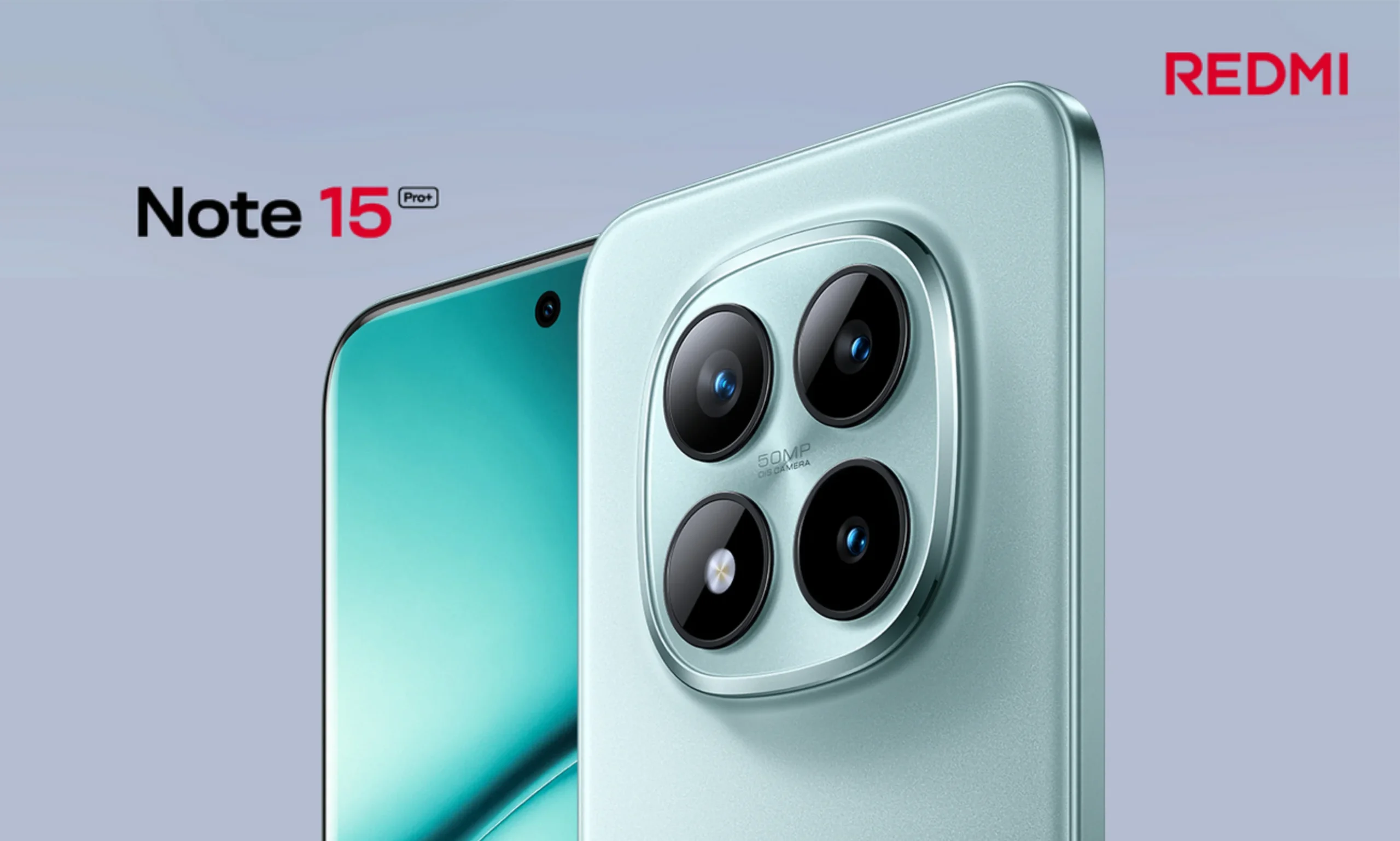
But here’s the thing with Xiaomi – they’re pros at tailoring their devices for different regions. India, being one of the biggest smartphone markets globally, is no exception. We often see changes in hardware, software, network bands, and even design to tick all the boxes for local regulations, cost optimization, and what Indian consumers love.
Expected Differences in the Redmi Note 15 Series for India
1. Hardware and Specifications: The Nitty-Gritty
One of the most common places where we see differences is under the hood. To keep prices competitive and ensure top-notch compatibility with Indian networks, Xiaomi often tinkers with key components. For instance, while the Chinese Redmi Note 15 5G might sport that Snapdragon 6 Gen 3, expect the Indian versions to possibly feature MediaTek chipsets, like the Dimensity 6020 or 6080. These are generally more budget-friendly and perfectly at home with India’s 5G bands, including the ever-important Band 40.
Battery life is another area that often gets a slight refresh. The Chinese Redmi Note 15 5G comes with a substantial 5800 mAh battery. Globally, we’ve seen models like the Note 14 Pro Plus pack a massive 6500 mAh battery with 100W fast charging, which is even more than the 7000 mAh and 90W of its Chinese counterpart. This gives us a clue that Xiaomi might be playing with battery capacities and charging speeds to strike that sweet spot between power and affordability for the Indian market.
When it comes to cameras, Chinese models sometimes go for very specific setups – like that missing ultra-wide on the Chinese Note 15 5G. For India, though, to keep up with what users want, we might see an 8MP ultra-wide lens included, similar to what we saw in the Redmi Note 14 series. Indian users really appreciate camera versatility, and an ultra-wide lens definitely adds to that.
2. Software and Firmware: A Global Touch
Software is always a big one. Chinese Xiaomi phones typically come with a version of HyperOS or MIUI that’s super optimized for China. Think pre-loaded local apps like WeChat or Baidu, and support limited to Chinese and English. The global and Indian versions, however, get a global flavour of HyperOS (likely based on Android 15 for the Note 15 series). This means full multi-language support, all the Google apps you love baked in, and services tailored for international users.
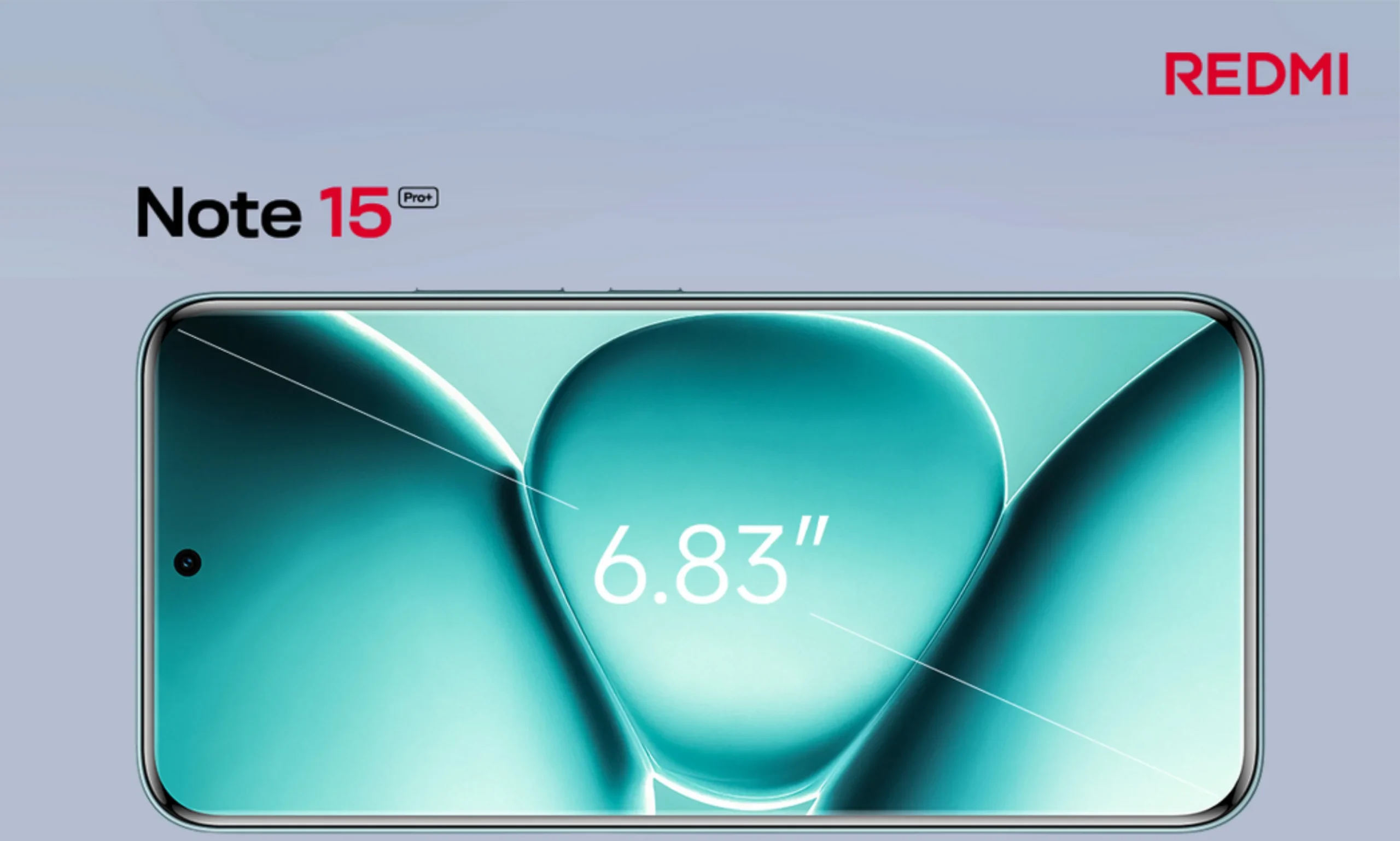
Also, expect firmware updates and security patches for global versions to land a little after the Chinese releases. This is because they need extra tweaking to work seamlessly across different regions. Another point to note is that Chinese devices usually have stricter rules for unlocking the bootloader, which could limit software customization options compared to their Indian or global siblings.
3. Design and Build: Subtle Shifts
While the overall aesthetic of the Redmi Note 15 series will probably stay consistent across markets, we might see some subtle design tweaks for India. These could be to meet local regulations or simply to match what Indian consumers prefer. Global devices often sport certifications like CE marking, and sometimes you’ll even see a “Made in India” label. Plus, the included chargers vary – Indian models come with European or Indian-style plugs, whereas Chinese versions use their specific flat-pin plugs.
In terms of toughness, Indian models are likely to keep features like Gorilla Glass Victus 2 protection and IP66 water and dust resistance, just like the Note 14 series. This is a big selling point in India, where durability is increasingly valued in a competitive market.
4. Network Bands and Connectivity: Staying Connected
Network band compatibility is another key differentiator. Chinese smartphones are tuned for frequencies used in China, which can sometimes mean limited compatibility with 4G and 5G networks elsewhere. Indian models, on the other hand, are built to handle a broader range of frequencies, crucially including Band 40, which is vital for 5G connectivity in India. This ensures you get the best possible connection and consistent performance right here at home.
Xiaomi’s Strategy in India: Why It Matters
India is incredibly important for Xiaomi. They’ve been leading the smartphone sales charts for years, grabbing a massive market share of around 29.7% back in 2018, according to IDC India. Xiaomi’s game plan in India has always been simple: offer affordable devices with high-end specs. This approach has allowed them to outsell giants like Samsung at times. For the Redmi Note 15 series, we can expect Xiaomi to stick to this winning formula. They’ll be fine-tuning the devices to keep prices attractive – think the estimated ₹15,990 for the base Redmi Note 15 – while packing in features that really appeal to Indian buyers, like big batteries, versatile cameras, and solid 5G support.
The Verdict on the Indian Redmi Note 15 Series
The Redmi Note 15 series for India looks set to build on the legacy of Xiaomi’s super successful line, but with some smart differences compared to its Chinese counterparts. These changes, spanning hardware like processors, batteries, and cameras, to software and connectivity, really show Xiaomi’s commitment to tailoring its products for local tastes. While we’re still waiting for the official word on the Indian launch, all signs point towards the Indian models offering a fantastic balance of price and performance, staying true to the Redmi Note’s reputation as a top pick in the mid-range segment. By focusing on affordability and features that matter, Xiaomi is perfectly positioned to continue its reign in the Indian smartphone market in 2025.


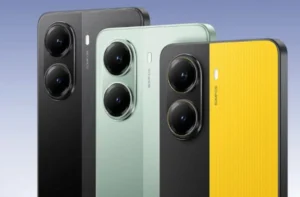

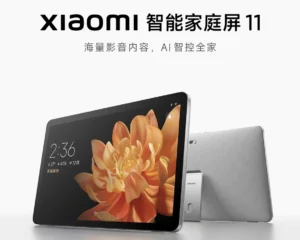

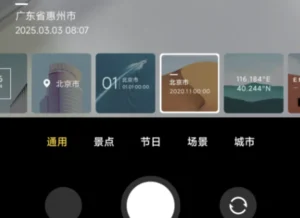

1 thought on “Redmi Note 15 India vs China: Key Differences Revealed”